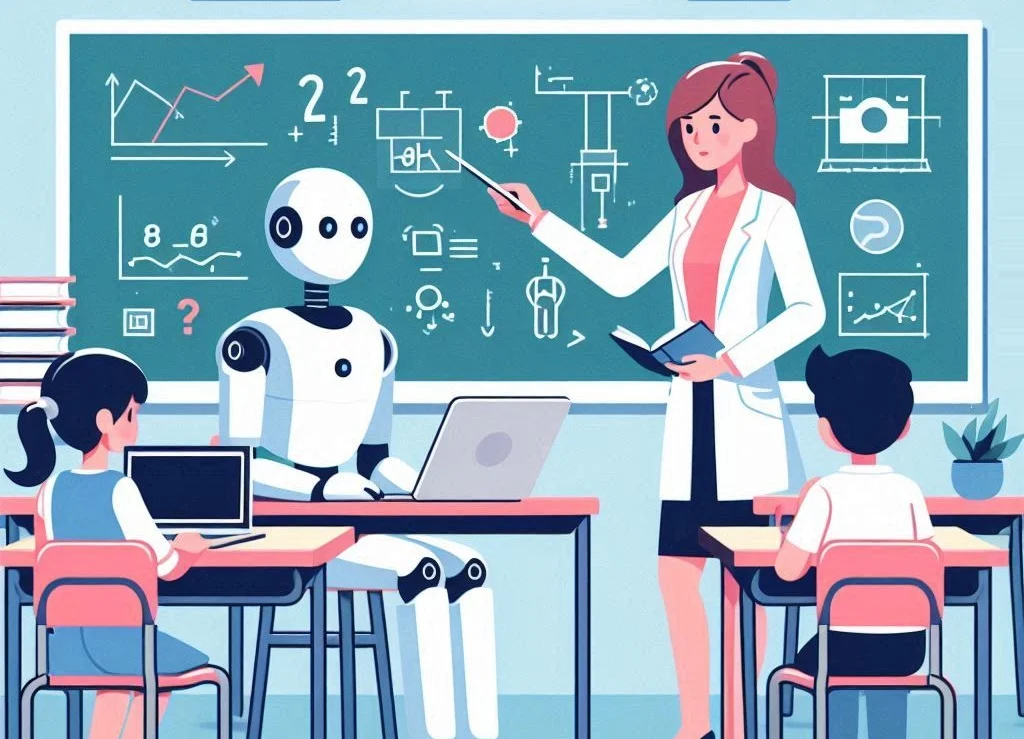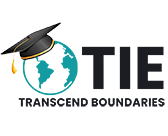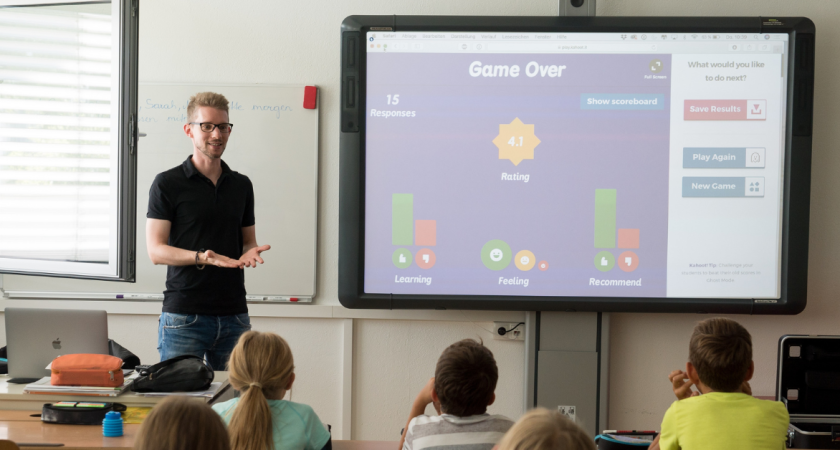Let’s talk about something that is pretty much everywhere right now – AI. A quiet revolution is unfolding in schools worldwide – artificial intelligence in education. AI is no longer something students learn about; it’s something they’re now learning with.
Picture this:
- A student uses ChatGPT to co-write a history essay.
- An app like Khanmigo helps explain fractions using interactive examples.
- An AI tool provides instant feedback on creative writing.
These tools aren’t futuristic—they’re already being used in many K–12 classrooms.
But while AI is entering schools at lightning speed, there’s an important thing that has been overlooked:
Who’s training this AI to support learning in ethical, effective, and inclusive ways?
We’ve rushed to accept AI into classrooms as a helpful assistant—but we haven’t paused to ask:
- Who sets its rules?
- Who reviews its recommendations?
How AI Is Changing the Classroom
Whether it’s marking essays, offering one-on-one tutoring or something as simple as pointing out the gaps in students’ work, AI in classrooms is reshaping what it means to teach and learn. The tricky part is that AI does it better than any human could – all you need is the correct prompt.
So, how do we make sure that AI remains something that is used by teachers instead of replacing them ?
Real-World Examples of AI in Action
Khanmigo (by Khan Academy):
Answers student queries in real-time.
ChatGPT Edu:
Helps with brainstorming, summarising, and writing feedback.
MagicSchool.ai:
Helps plan lessons easily and tailor them to the learning needs of each student.
Grading assistants:
Automate repetitive marking tasks, freeing up time for meaningful instruction.
Benefits Schools Are Seeing
Personalised learning:
AI tailors content to each individual student’s needs and requirements.
Reduced administrative load:
Instead of spending months grading, teachers can now use that time to connect with their students and understand their needs better.
Increased engagement:
Students engage more when learning feels hands-on and interactive. These tools let them explore at their own pace, which keeps them curious, rather than feeling forced to study.
“My students ask deeper questions now because AI helps them prep beforehand.”
— A Year 9 Science Teacher in Delhi
Disadvantages Schools Are Facing
Biased Algorithm:
Some AI tools can reflect cultural biases based on the data they were trained on, leading to answers that may not be entirely authentic for the student.
Over-reliance:
Students are likely to rely on AI completely to write their answers for them instead of doing it themselves.
Reduced critical thinking:
If not used carefully, AI can sometimes skip the basics or give over-simplified answers, which will hamper the student’s learning long term.
Educational technology isn’t just something extra anymore—it’s become a regular part of the classroom. That’s why it’s extremely important to make sure it’s being used thoughtfully and responsibly.
Who Trains the AI?
We often think of AI as a tool that knows everything. The truth, however, is that AI learns from what we put out there.
How AI Actually “Learns”
Data-driven training:
AI models learn from collections of data that seem never-ending – everything from books and educational resources to websites and even posts on social media platforms is included, which is why most AI work gets flagged for plagiarism.
Developer influence:
The engineers and researchers who build the AI set its goals, guardrails, and priorities.
User feedback:
Every time a teacher or student interacts with an AI tool, it “learns” through feedback loops—corrections, usage patterns, and inputs.
This means AI isn’t neutral. It reflects:
The biases and values of its developers.
The instructional styles of the teachers using it.
The gaps and strengths in the data it was trained on.

Why Teachers Matter
They train AI indirectly by choosing what to accept or reject from its suggestions.
Their feedback shapes how platforms like Khanmigo or ChatGPT are fine-tuned for educational settings.
Teachers bring local knowledge, emotional nuance, and cultural context that algorithms can’t replicate.
The question isn’t just “What can AI teach students?” It’s also “What are we teaching AI about education?”
To build truly inclusive, practical, and safe AI-powered classrooms, we need educators to be actively involved—not just as users but as co-designers and watchdogs.
Are Teachers Prepared for This Shift?
As AI tools rapidly enter schools, there’s a growing concern:
Are our teachers equipped to navigate this new AI-powered landscape?
In many cases, the answer is not yet.
Current Challenges Facing Educators:
Lack of AI literacy:
Most teacher training programmes don’t include modules on artificial intelligence or educational technology.
Digital divide:
While some schools have access to cutting-edge educational technology (EdTech), others struggle with basic internet access.
Overwhelm:
Many teachers are already stretched thin—adding AI training feels like “just another thing.”
What Teachers Say They Need
Clear guidelines on how to use AI ethically and effectively in the classroom.
Professional development that focuses on real-world classroom scenarios rather than just technology demonstrations.
Support networks to share best practices and troubleshoot issues.
A 2024 UNESCO report highlighted that over 70% of teachers globally feel underprepared to manage or evaluate AI tools in education.
“We were handed a new AI tool with no training. I wasn’t sure whether to trust it with my students.”
— Secondary School Teacher, UK
If we want AI in classrooms to work for all students, then empowering teachers must be a priority. They’re not just users—they’re the frontline decision-makers shaping how AI supports learning.
Ethics and Responsibility in AI Education
Integrating AI in education isn’t just a technical shift—it’s an ethical one. As these tools become decision-makers in classrooms, we must ask:
Who’s accountable for what AI says, suggests, or decides?
Key Ethical Concerns:
Surveillance and privacy:
Some AI tools monitor student activity. Who owns that data? How is it stored and used?
Bias in content:
If the AI was trained on biased material, it could unknowingly reinforce stereotypes or inequities.
Opaque algorithms:
Many EdTech providers don’t explain how their AI works or what data it relies on.
Who Makes the Rules?
Tech companies?
Often driven by profit and product goals.
School administrators?
Sometimes, we are unaware of how these tools operate.
Educators?
Rarely consulted during design and deployment phases.
This lack of transparency raises a red flag. If AI is recommending learning paths, grading essays, or shaping student understanding, we need human oversight—not blind trust.
What Responsible AI Use Looks Like
Teachers have the final say in AI-generated suggestions.
Schools adopt clear AI policies on ethics, privacy, and student well-being.
Students and parents are informed about how AI is being used.
The bottom line? Technology should support human judgement—not replace it.
Rethinking the Role of Educators in an AI Age
As AI teaching tools take on tasks like lesson planning, grading, and tutoring, one question rises to the surface:
What’s left for teachers to do?
The answer? Everything that AI can’t.
Teachers Are More Than Content Providers:
They interpret emotions, context, and the dynamics of the classroom.
They mentor, motivate, and mediate.
They notice subtle signs—a struggling student, a spark of curiosity, a need for reassurance.
While AI can offer information, only teachers can provide wisdom. It’s emotional intelligence, ethical judgment, and lived experience that honestly guide a student’s journey.
The New Role of Teachers in AI-Powered Classrooms
Facilitators of critical thinking: Helping students understand the importance of questioning, not just consuming, AI-generated content.
Ethical guides:
Teaching students to use AI responsibly, without being entirely dependent on it.
Co-creators:
Working with developers to shape tools that tend to real classroom needs.
“AI might be the new calculator—but we still teach kids how and why to calculate.”
— Primary Educator, Singapore
Educators must not be reduced to tech operators.
They should be leaders in how AI is used, curators of digital tools, and protectors of what truly matters in learning: the human connection.
Action Steps for School Leaders and Policymakers
AI is going to become a permanent part of classrooms; which is why it’s essential for school leaders and policymakers to learn how to make proper use of it.
Here’s what forward-thinking schools can do today:
Invest in AI Literacy for Educators
Provide ongoing training workshops on the use of AI tools in education.
Encourage educators to get certifications or micro-credentials in educational technology.
Involve Teachers in Technology Decisions
Establish advisory panels or feedback groups before implementing new platforms.
Prioritise tools that have been co-designed or tested in collaboration with educators.
Build Ethical AI Frameworks
Develop clear policies to safeguard student data, ensure transparency, and assess AI tools effectively.
Guarantee age-appropriate use of AI and ensure parental authorisation when applicable.
Promote Open Dialogue
Encourage open communication between digital learning solution providers, teachers, parents, and students.
Organise events focused on the responsible use of AI in education.
The Classroom of Tomorrow Needs Human Wisdom Today
AI may be the newest tool in the classroom, but the heart of education still beats in human hands.
We’ve seen how artificial intelligence in education can boost efficiency, personalise learning, and expand access. But these gains will only be meaningful if guided by ethical and well-prepared educators. The question isn’t whether AI belongs in schools—it’s how we make sure it works with students, not against them.
This is a defining moment for schools aiming to stay future-ready. It’s not just about bringing AI into the classroom—it’s about making sure that humans are still the ones in control, and not AI.
Because even in the smartest classroom of the future, it’s the wisdom of a teacher that will make the real difference.
Study Smarter. Learn Faster. Dream Bigger.
Taksheela Institute Of Education blends AI with expert counseling to transform your overseas education journey.
Written By Manjul Kathotia.

